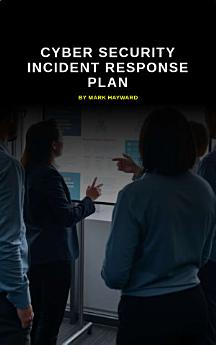Cyber Security Incident Response Plan
About this ebook
Key Strengths and Strategic Value
Section Focus Value to the Reader Framework & Foundations Standards & Classification The book establishes its authority by aligning the response framework with industry-leading standards like NIST, SANS, and ISO. It covers the essential first steps: defining incident types and classifying impact. Team & Process Roles, Training, and Policy It focuses on the human element, which is critical for response success. It details team roles and responsibilities, selection criteria, and the development of clear communication protocols, ensuring a well-oiled machine during a crisis. Technology & Detection Advanced Tools and Automation It provides technical depth by covering essential monitoring tools like SIEMs, IDS/IPS, and Endpoint Detection. Crucially, it explores modern techniques like AI, machine learning, and automated threat intelligence, showing readers how to evolve their detection capabilities. Response & Recovery Actionable Procedures The guide offers the most vital practical advice: incident confirmation, severity prioritization, containment, recovery, and system hardening. This covers the core, real-time actions necessary to minimize damage. Post-Incident & Future Compliance, Forensics, and Learning It strategically addresses the aftermath, covering legal, regulatory, and public relations concerns. The inclusion of forensic data acquisition, root cause analysis, and lessons learned ensures the response program is based on continuous improvement and learning.
About the author
With over 20 years of experience in the field of cyber security, the author combines deep expertise with a passion for safeguarding digital landscapes. A seasoned professional, they have dedicated their career to developing and implementing robust security controls that protect organizations against evolving threats. Known for their insightful perspectives and hands-on approach, they are committed to empowering others through knowledge and best practices in the ever-changing realm of cyber security.




